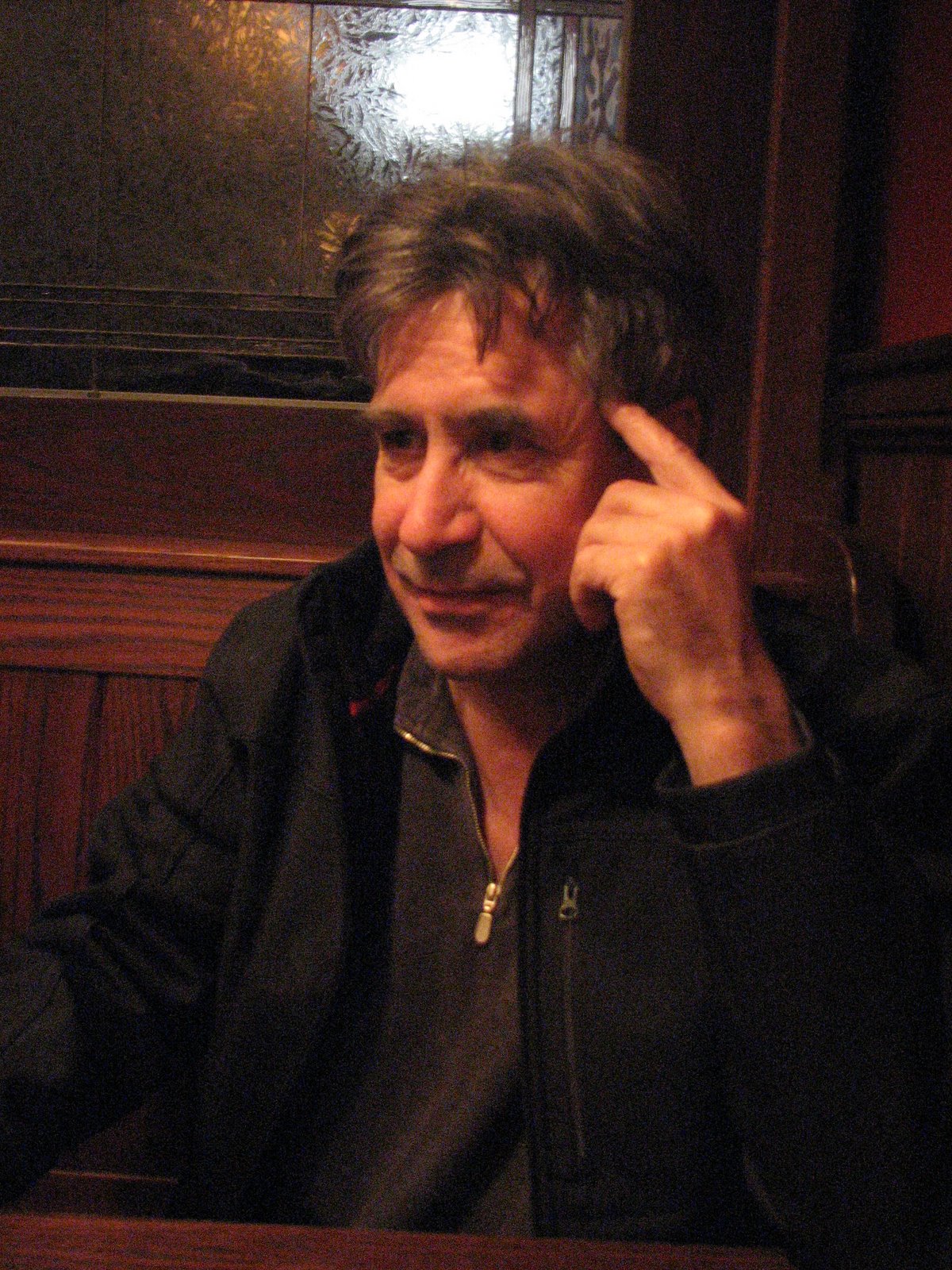 Alessandro Di Benedetto
Alessandro Di Benedetto
 Improving and strengthening the boat in preparation for her voyage
Improving and strengthening the boat in preparation for her voyage
 Building the protection cabin
Building the protection cabin
 rotta teorica
rotta teorica
 the Mini fitted out
the Mini fitted out
 Departing Les Sables d'Ollone
Departing Les Sables d'Ollone
 Mini with Alessandro aboard
Mini with Alessandro aboard
 Modification aft, the 'protection cabin', is apparent here
Modification aft, the 'protection cabin', is apparent here Underway
Underway
 Mist
Mist
all photos courtesy Alessandro Di Benedetto
With the spate of circumnavigations one reads about these day's, from teenagers to 60' Maxi's, this particular adventurer stands out, at least for me. Alessandro Di Benedetto is no stranger to open ocean sailing, having crossed both the Atlantic and Pacific in, or rather, on a 20' catamaran with no cabin. Now he's pursuing something no less audacious. He's making an attempt to go round via the three capes in a modified
21' Mini 6.50 with no assistance and without stopping or landing. If he succeeds he will have done so in the smallest boat to achieve this to date. He cites the rule and spirit of the first
Golden Globe as inspiration:
"The new trip rules are very simple. They are the same used for the Golden Globe, first regatta single-handed sailor held by Sunday Times in 1968/69, later become Vendée Globe:
* A sailor, a sailing boat, the globe circumnavigation sailing past the 3 Capes at left (Agulhas, Leeuwin, Horn), without any landing and not assisted."
Alessandro made some significant modifications to his Mini in preparation for this endeavor. He built a cabin at aft which will allow him protection from the elements while allowing him to steer from within, much in the vein of Blondie Hassler's innovations to
Jester. He's also strengthened the rudder/steering system.
Alessandro has rather lofty goals for his project which range beyond simply being the 'first' to achieve something. In his words:
Some of the aims of the project:
* To accomplish a unique feat which would be recognized as World Record.
* To be ambassador and international testimonial for sponsors taking part into the event.
* To contribute to the scientific research in several fields (renewable energy, environment protection, medical researches, new technologies, clothing, materials).
* To promote extraordinary experience to be shared with people from different cultures in order to make them feel citizens of the world.
* To be a source of inspiration and motivation for children and young people and to educate them to consider themselves citizens of the world in order to sustain the protection of both natural and artistic earth heritage, with special regard to the next generations.
In order to guarantee the successful achievement of the Round World Sailing and to allow the creation of new multi-medial high-quality products (high resolution videos, satellite communication ,etc), the sail-boat is equipped with the latest technologies (regarding sailing safety, sailing systems, sustenance, complete protection of the body in hostile environments).
The expedition and the boat itself are a real laboratory with the aim to receive new ideas, various kind of projects, testing new tools, materials, renewable energy systems, clothing and realizing medical researches. Documentation which is being collected during this expedition and Alessandro's overall experience will be used not only to fully respond to the sponsor requirements in terms of image, but even to promote the culture of the sea among young people and in order to give strong support to the scientific research, specifically about the environment.
(from Allesandro's website-ed)
Alessandro made good
Cape Horn on April 16.
In response to my request for permission to write about him, with some words of encouragement and admiration added, he replied
: (relayed through his mother, Anne Marie) "Thanks a lot. Your message gives me -and the boat too - new energies." Sent from Atlantic Sud 46°37'37"S/49°45'43 W, his latest location. You can track Alessandro's progress and read his log updates on his
homepage.My thanks to Alessandro and his mom for their cooperation and I am wishing him great success for his project. You can read about his past adventures in his
books and read more about his current venture and listen to a lengthy interview
here.




 Much further south the Roth's ran aground on Isla Diana in the Bahia Gretton and erected a survival tent from sails on Isla Grevy
Much further south the Roth's ran aground on Isla Diana in the Bahia Gretton and erected a survival tent from sails on Isla Grevy









































































